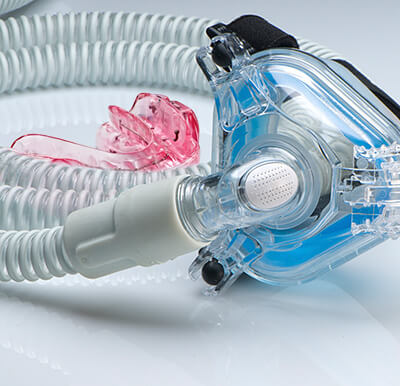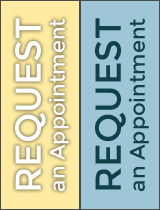Combined Sleep Apnea Therapy
 Typically, a continuous positive airway pressure (CPAP) system is considered the ideal treatment solution for patients who suffer from severe sleep apnea. However, the problem with this is that many of those patients simply go without using their CPAP machine due to the extreme pressure it produces. Here at Weatherford Dental Sleep Medicine, Dr. Deborah Romack and the rest of our team want to give you a sleep apnea solution that's as effective and comfortable as possible. With combined therapy – a CPAP machine combined with the regular use of an oral appliance – many patients are able to wake up feeling refreshed and ready for the day.
Typically, a continuous positive airway pressure (CPAP) system is considered the ideal treatment solution for patients who suffer from severe sleep apnea. However, the problem with this is that many of those patients simply go without using their CPAP machine due to the extreme pressure it produces. Here at Weatherford Dental Sleep Medicine, Dr. Deborah Romack and the rest of our team want to give you a sleep apnea solution that's as effective and comfortable as possible. With combined therapy – a CPAP machine combined with the regular use of an oral appliance – many patients are able to wake up feeling refreshed and ready for the day.
CPAP + Oral Appliance Therapy
The benefits of undergoing combined therapy instead of using a CPAP solely include:
- The use of a head strap and full-face mask are no longer needed, so the discomfort and inconvenience that would often keep patients from using their CPAP is eliminated, resulting in more compliance and successful treatment overall.
- While positive airway pressure is still used to keep a patient’s airways open and clear, this pressure no longer has to be on the highest setting because the oral appliance works to keep the space open by pushing the jaw into a slightly forward position. Instead of being forced to undergo constant, significant noise that disrupts needed sleep, patients can enjoy a sensation that’s more similar to a soft humming.
- With the CPAP, many patients simply leave it at home when traveling because carrying around such a bulky device is too much of a hardship. Thankfully, these patients can still enjoy at least partial relief from their symptoms with their portable oral appliance.
- In studies performed by the American Academy of Dental Sleep Medicine, participants who underwent combined therapy had, on average, an AHI of 2.6. This number represents how many times a person stops breathing as they sleep, and it’s a significant improvement over both no treatment (6.6) and treatment with CPAP (4.4). The following day, the participants were asked to rank their level of sleepiness, and their average was much lower compared with using CPAP.

